1. Brandberg Massif — Namibia
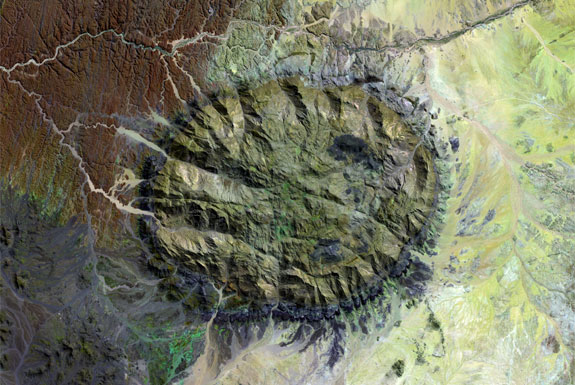
Namibia’s highest point looks like a regular grouping of rocky hills from ground level. But from a bird’s eye view (see photo, above) these rocks form a stunning 15km (9 mile) wide circular splotch on the barren landscape of southern Africa. Technically, Brandberg is not a mountain but a a granite intrusion formed by magma rising up through a single point in the earth’s crust. Most intrusions harden into a tall, relatively narrow cylindrical shape. What’s unusual—and amazing—about the Brandberg Massif is how very, well, massive it is.
Most travelers who make the long, dusty journey to Brandberg do so after hearing about an unusual quality about the place: The way the sun strikes the rocks at sunrise supposedly creates an incredible illusion that the entire mountain is on fire! (Indeed, in German and Afrikaans “Brandberg” translates to “Fire Mountain”). For what it’s worth, Spot Cool Stuff has personally woken up before dawn on a very cold morning, hiked up to a good view of Brandberg and then watched the dawning of the day. The closest thing to a fire effect we saw during our sunrise came from our little gas stove while making coffee.
2. The Great Blue Hole — Belize
The Great Blue Hole, bracketed by the Lighthouse Reef 100 km (60 miles) from Belize City in the Caribbean Sea, is right up there with the Similan Islands as one of our all-time favorite scuba diving locations. This is not the world’s only “blue hole” (eg. a deep mass of water formed by a vertical coral cave) but, at 400 meters across and 145 meters (475 feet) deep, it is the largest. It also happens to be one of the most perfectly circular.
The rich abundance of sea life and spectacular underwater stalactites is what attracts most divers to the Great Blue Hole. But what personally amazed us most was the sheer blueness of it. It is one thing to see blue on a sunny cloudless day, for example. It is quite another to experience blue. To become blue. The pic below is the best we’ve seen at capturing the feeling of it photographically.
The Great Blue Hole has become one of the most popular dive spots in Belize, if not in the whole of the Caribbean, such that sometimes there’s a near boat traffic jam waiting to get in. We suggest you plan your dive for either first thing after sunrise or in the off-season.
3.Diamond Mine — Mirny, Russia
Add this to our It’s So Bad It’s Good category: Eastern Siberia’s grotesquely enormous Mirny Diamond Mine.
Mirny’s diameter of 1.2km (.75 miles) means that, technically, it is only the second largest open mine in the world (after Bingham Canyon, below). But the mine’s depth of 525 meters, combined with its location at the edge of a 40,000 person town, makes it the world’s most ominous looking. As you can see in the photos it appears almost like the very planet is swallowing the town of Mirny. In fact, this is not far from the reality of it. Originally the mine was small and far from the town. Then the mine started producing many more diamonds than expected, which not only increased the size of the mine but also the size of the town (as workers moved in).
Today the mine employs over 3,000 people and is so large that helicopters and small aircraft can not fly near it without the very real fear of being sucked in! And if you think it’s big today, check it out a few years from now. The mine’s owner have plans to drill down as far as 1.3 kilometers over the next three decades. As that happens whole sections of the town of Mirny will have to be torn down and rebuilt further afield.
4.Bingham Canyon Mine — Utah, USA
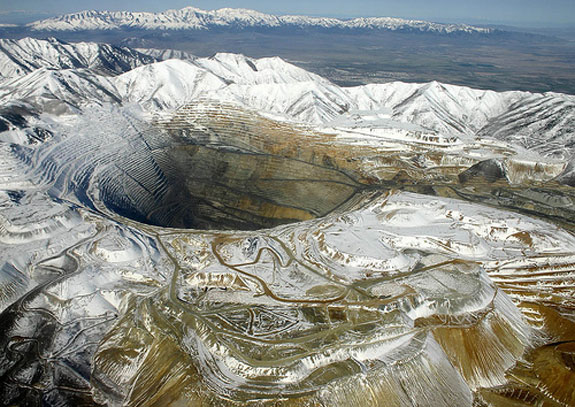
The Bingham Canyon mine is over .75 miles (1.2 km) deep and 2.5 miles (4 km) wide and so, for the moment at least, it beats out Mirny (above) for the title of the world’s largest man made hole.
Bingham Canyon is superior to Mirny in another important way too: It is much more travel friendly. Although still a working mine, Bingham Canyon was declared a National Historic Landmark in 1966 and has doubled as a tourist attraction since. Every year from April through October the visitor center there is open for curious travelers. Inside the center are interactive exhibits, mineral samples and a 16-minute video overview of the mine. But the center’s coolest feature is the superb viewing platform from which it is oddly compelling to watch the goings on below. Though the machinery that operates in the mine is massive in comparison to, say, your car, it appears tiny relative to the enormous mine. It is hard to look down at the scene and not imagine that God is a 4 year old boy playing around with his toy trucks.
5.Sarisariñama — Venezuela
The sinkholes of Sarisariñama are one of these geologic oddities, like the Chocolate Hills of the Philippines, that leave scientists puzzled about how they formed. In the case of Sarisariñama they haven’t been puzzled for long—these strange sinkholes were first “discovered” in 1974. Some of the holes are not only perfectly round but, curiously, have a depth that almost exactly matches the hole’s diameter. Sarisariñama is a very remote place, is home to several plant and animal species found nowhere else on earth, and at the time of writing was not officially open to tourism.
6.Richat Structure — Mauritania
This 40km (25 mile) wide spot in the earth was for several decades thought to be an impact crater from a meteor. The fact that the Richat Structure is more of a protrusion than a hole maybe should have been a rather large clue that there was something else going on. And, indeed, geologists today theorize that the Richat Structure was formed by folds in the rock called anticlines. Whatever its geologic cause, the best view of this enormous circular rock formation in the middle of the Maur Adrar desert is from space. Assuming that is beyond your travel budget you can get a pretty good view using Google Maps (click on the first image, below). At ground level, Richat is a stark place that draws some hardy off-road motorcyclists but is otherwise not a superlative travel location.
7.Barringer Meteorite Crater — Arizona, USA
Really massive meteors that strike Earth—such as the Chicxulub meteor that hit in the Yucatán, Mexico and is thought to have caused mass extinctions—create such devastation that they don’t leave a crater so much as they alter the geology and geography of an entire region. What made the Barringer meteor so tourist friendly (if that’s a term that can be used to describe meteors) is that it was polite enough to fall in a flat and featureless area of Arizona, big enough to create a nice looking crater yet small enough to, you know, not wipe out all of humanity.
Of course, gazing out over the Barringer Crater it is hard to consider the meteor that created it as “small.” The crater, 40 miles east of Flagstaff and 20 miles west of Winslow, is about a mile (1.2km) wide and 570 feet (175 m) deep. The visitor center at the crater’s edge is open year round. The center itself, with its chain food restaurant and obligatory gift shop hawking I Survived the Barringer Meteorite t-shirts, is rather tacky. But don’t let that put you off—the organized hikes along the western rim of the crater are very cool.
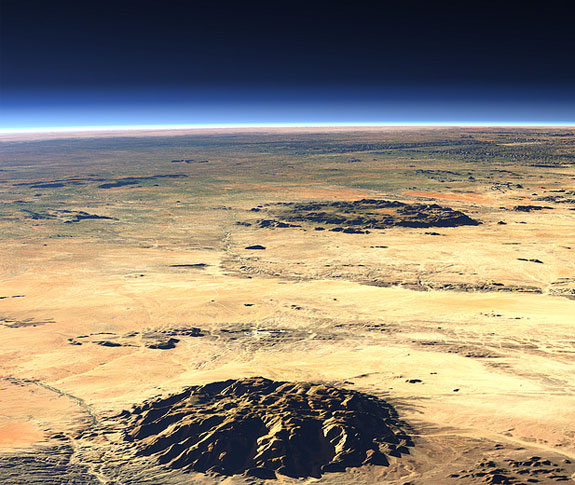
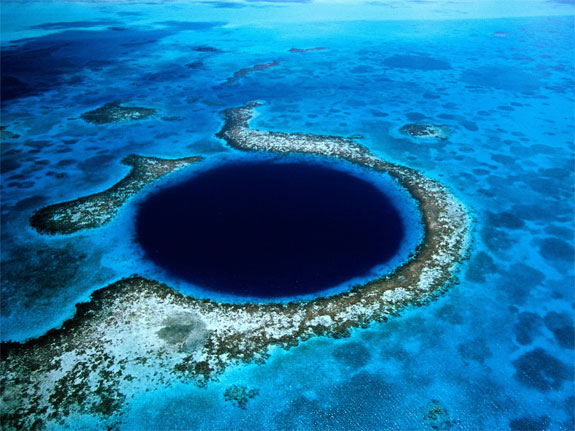
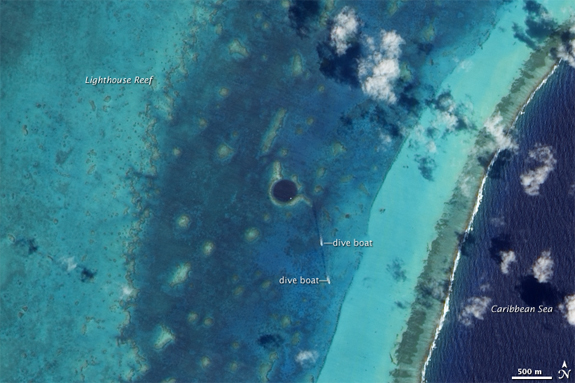
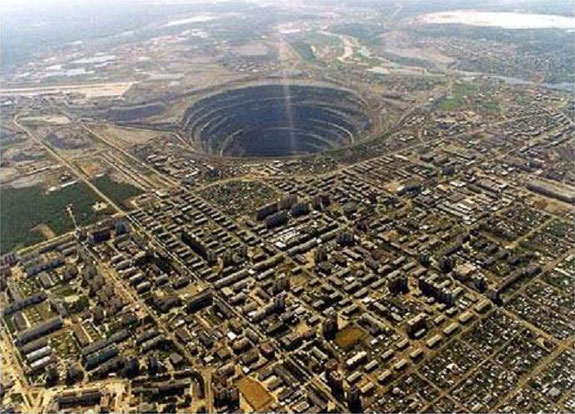
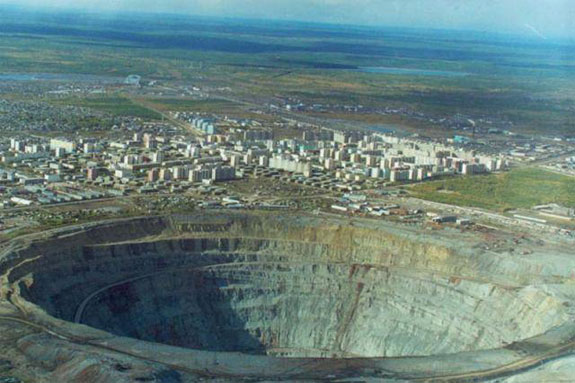
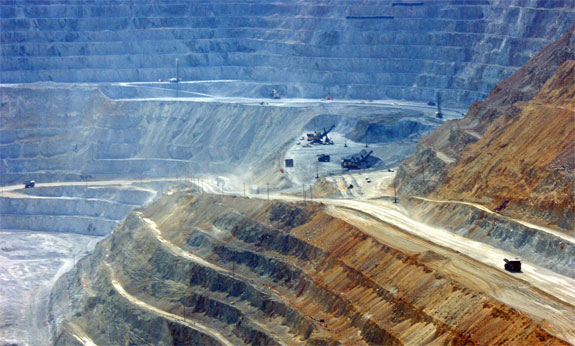
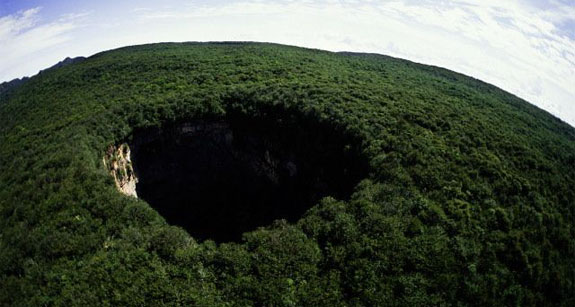
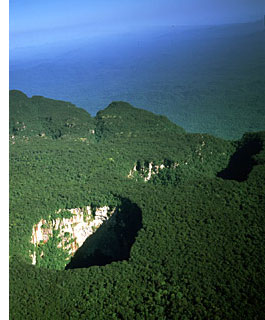
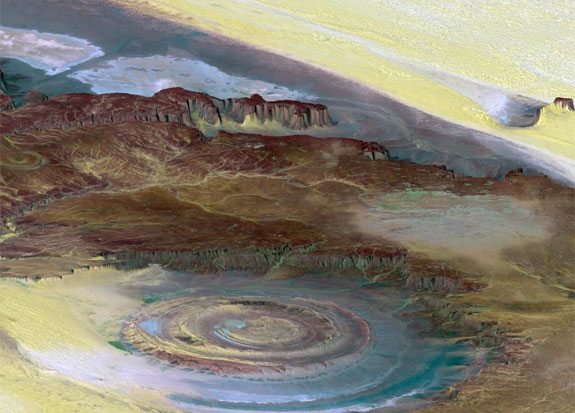
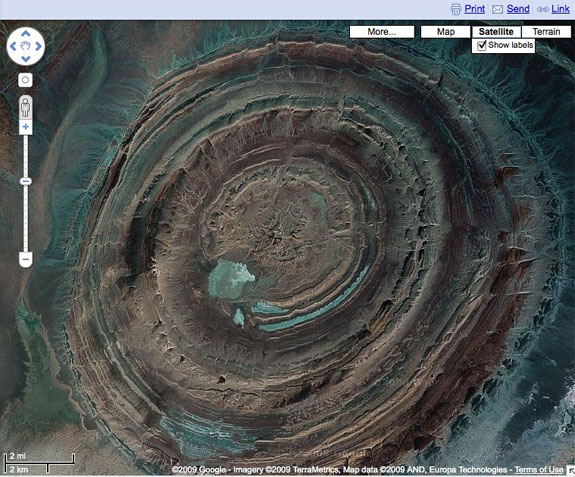
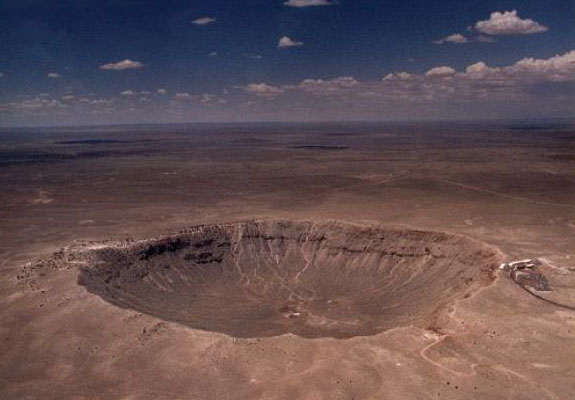

.bmp)
No comments:
Post a Comment